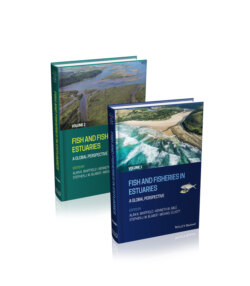Читать книгу Fish and Fisheries in Estuaries - Группа авторов - Страница 43
3.2.2.2 Hydrography and physics
ОглавлениеHydrography, hydrodynamics and physical features of estuaries define the spawning environment and habitat that influence successful spawning and retention, dispersal or transport of eggs and larvae of estuarine‐associated fishes (Strydom et al. 2002, Wolanski & Elliott 2015, Wolanski 2017). Residual currents, winds and tides and fronts and eddies are key processes and features that support reproduction and recruitment processes. Two major life‐history strategies, both dependent on currents and hydrography, are recognised: (i) estuarine spawners that select spawning sites and features to assure retention or dispersal of eggs and larvae within the estuary and (ii) offshore spawners that spawn in areas favourable for dispersal and directional transport of early‐life stages towards estuarine nurseries. Descriptions of hydrodynamic processes and physical features supporting recruitment, including examples for estuarine fishes, are described in Section 3.3.1. Physical processes not only assure connectivity amongst habitats in the recruitment processes of estuarine‐dependent fishes (e.g. Pineda et al. 2007) but also support marine and estuarine productivity that are closely linked to trophodynamics in the early life of fishes (e.g. Cushing 1990).
